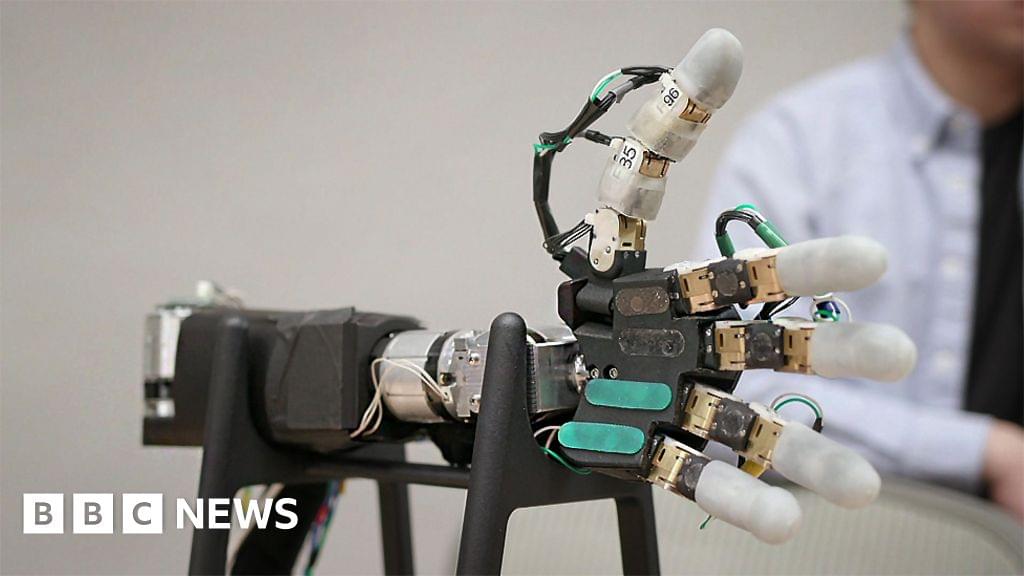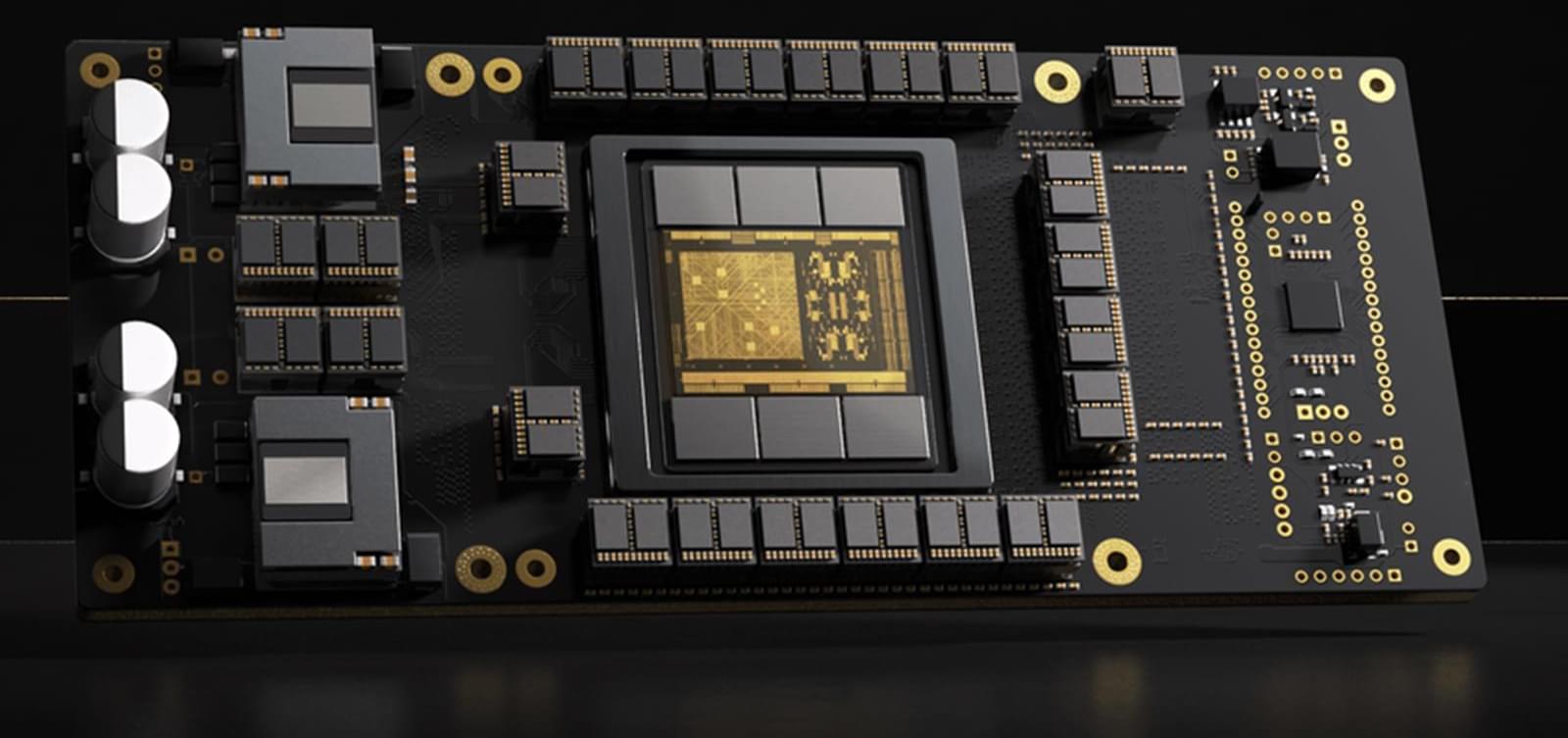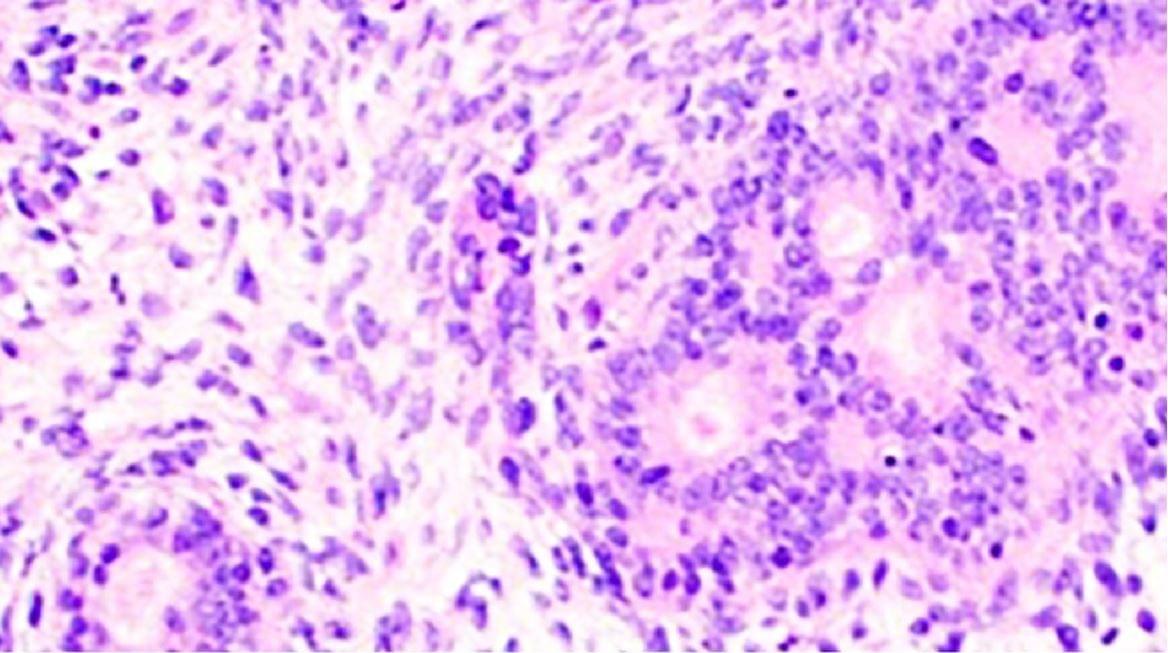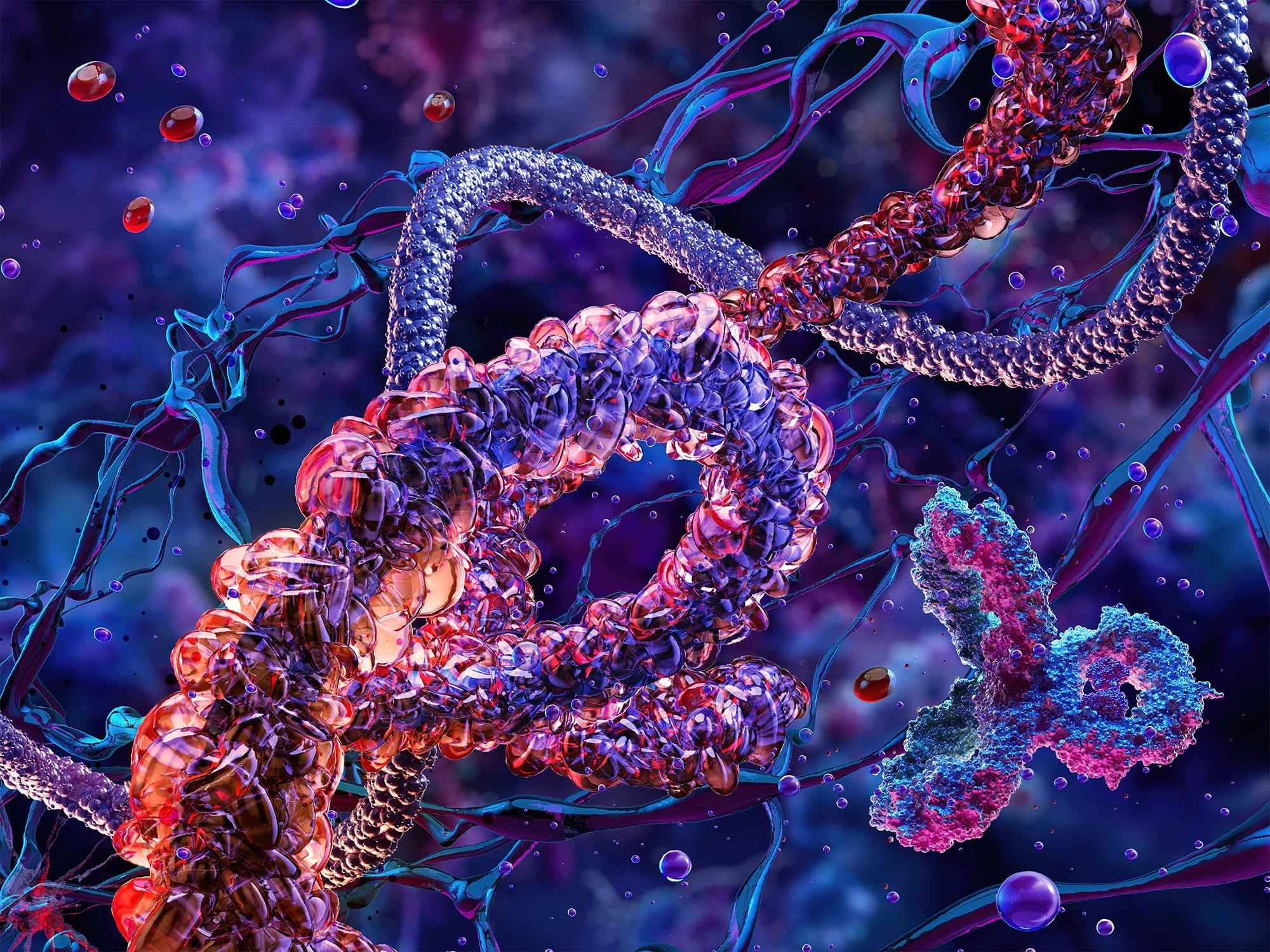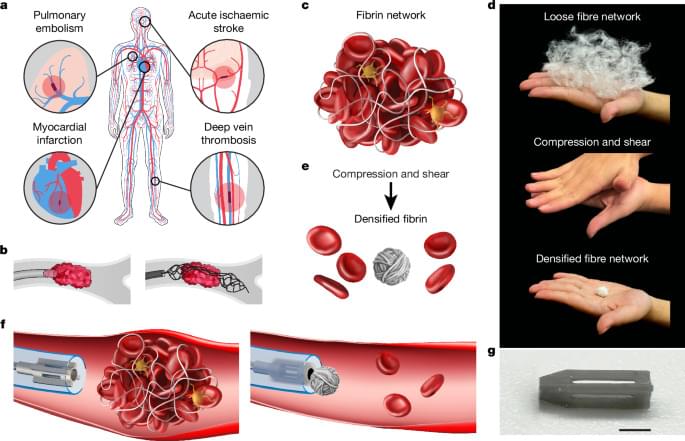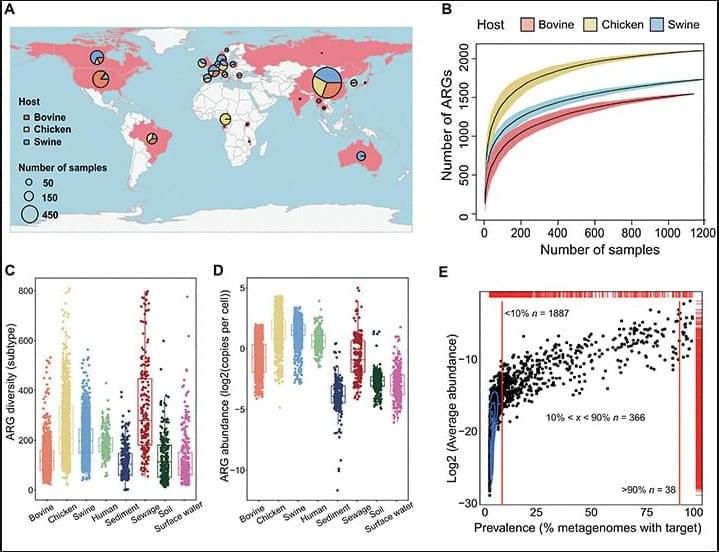Dyson Farming’s 26-acre glasshouse in Lincolnshire is already home to 1,225,000 strawberry plants, which are grown all year round, to produce over 1,250 tonnes of high-quality British strawberries.
Dyson is always looking to maximise efficiency of the farms and the quality of their produce. The most recent development in the glasshouse is Dyson’s Hybrid Vertical Growing System, the trial of which has just finished. It exceeded all expectations, boosting yields by 250% whilst optimising the quality of the fruit.
